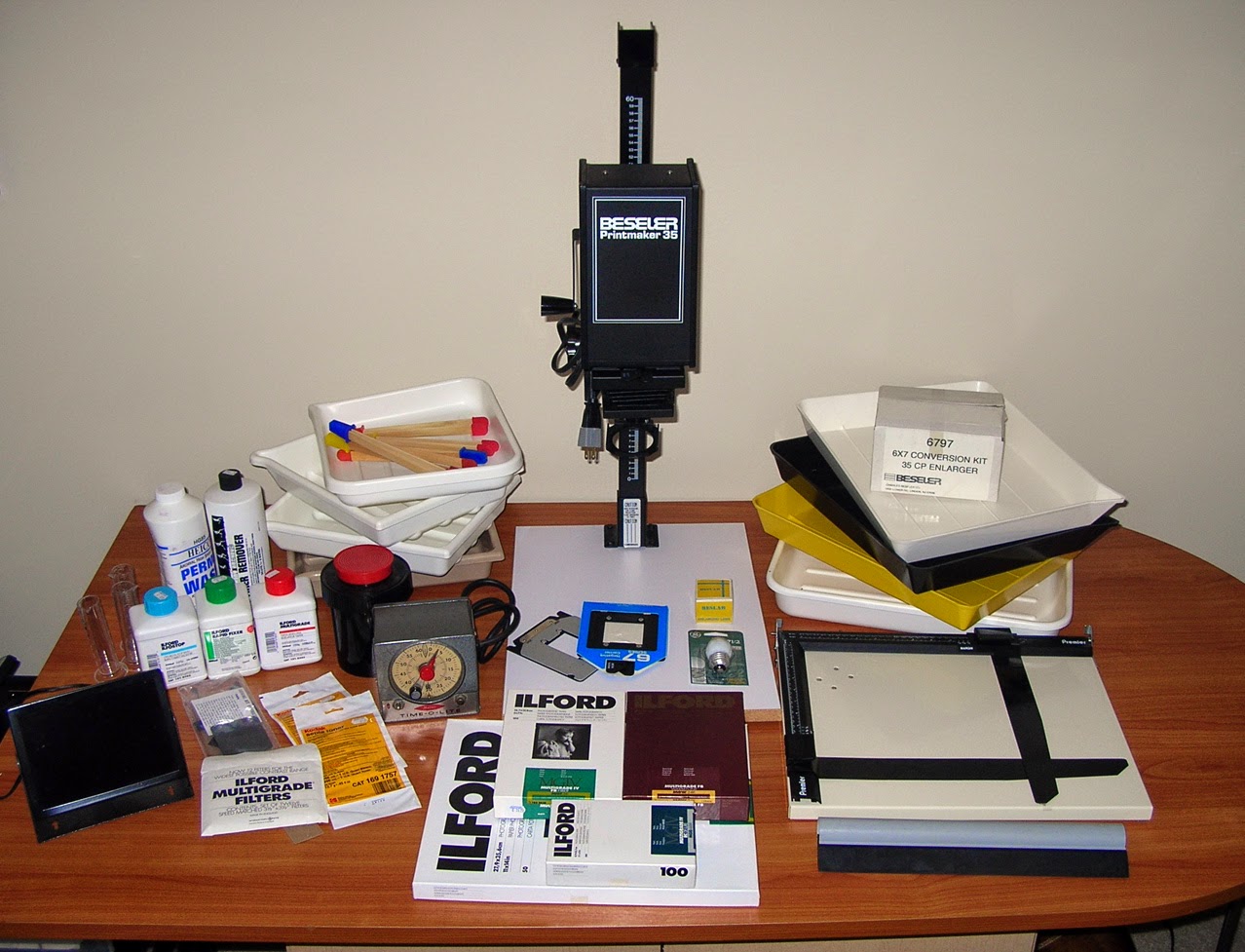 |
| The wedding cake that Teresa made for Brad and I. |
It
seems like such an oxymoron to be raised as a “banker’s daughter” and grow up
to become an artist. Art and money are as separated as they can get, right?
Artists make art “because we just feeeeeel it, maaaan!” While that may be true
to a degree (perhaps for some more than others….after all, I don’t want to
stereotype and generalize that all artists are the same breed) there is
actually a lot of important factors that are put into play when considering the
cost of creativity, and believe it or not, most artists and creators consider
these factors when putting a price tag onto that art piece.
I
can’t help but think of my sister, The Midnight Baker, who is
constantly appraised for her work. After all, people are using the most
important of the five senses when appreciating her work; taste. (Well, I think
it’s the most important of the senses, because I’m Ukrainian and I like to
eat.) Not only does her work have to be delicious, it has to be customized to
suit the buyer’s demands, and it has to be aesthetically pleasing. By the way,
she surpasses all of those criteria and then some. Yum!
But there is always somebody in the crowd that
wants the triple layered wedding cake for the price of a Twinkie. As Teresa
puts it, “This isn’t a hobby. This is my livelihood. I am a one-person
business.” Do you know how many cakes and cookies and tarts she has to make to
pay to keep her kitchen up to code, pay for commercial insurance (which has to
cover things such as slippage/accidents, breakdown of equipment, her delivery
vehicle), pay for packaging supplies, pay for ingredients, pay for a portion of
the heat, and hydro (can you imagine what her hydro bills are with a double
stove running 24/7?!!!), paying for fees for accounting, licensing, food
handlers certification, paying for advertising, office supplies, and so forth?
All of that cost is put in a deliciously chocolaty bite sized morsel with
buttercream frosting at a reasonable price. She truly is a sculptor with flour,
sugar, and eggs and deserves to be paid well for it.
And
I can completely relate to my sister, (and not just genetically…har, har, har!)
because I too am asked questions like, “When are you going to turn that
original painting into prints?” And “Are
you planning on having a sale any time?” Could you imagine going to a doctor
and asking for a discount on their service? When have you ever had a vehicle
repaired and asked if the mechanic could get paid less per hour? So I am going
to spell out how I price out my work, so that it is understood why my price for
my art is my price for my art. Just like my sister’s cake is her cake.
I
use a combination of the classic “square inch” method and an hourly rate,
whichever seems fairer. The square inch method is simple: multiply the length
of an art piece by the width, and then multiply that by a dollar price. A
beginner artist would charge about $1 per square inch. A very established
artist would charge $6 per square inch. So a starting artist would get $80 for
an 8x10 painting and an established artist would get $480 for that same size of
painting. That, my friends, is why artists are called “starving artists”! I charge on the low to medium level of that
scale because I want my work to actually sell while still considering the same
factors that my sister does such as the cost of supplies, my use of hydro, et
al. I want to be fair to you, and I want to be fair to me.
If
I sell my work in another business or gallery, then I have to consider a
commission fee. I can’t just hang that artwork up on the wall for nothing! Some
galleries generously only ask 10% where larger established galleries ask for
50% of the sale. Again, how would you like to go to a restaurant and only get
half a sandwich but pay full price? Some days I feel like I’m eating half a
sandwich when I’m working in my studio.
But
I love what I do and am proud of what I do and I won’t feel shamed into lowing
my price or standards because we live in a Walmart society. My philosophy is
that you get what you pay for; an original, one of a kind, funky piece of
creativity that can’t be compared to anything else. You’re paying for that one
of a kind experience. You’re paying for those wacky, interesting thoughts that
get projected onto cookies or a canvas. You’re paying for that professional
judgment that ensures that you’re getting exactly what you asked for, and then
some. You’re paying for that exorbitant amount of time that the artist spends
with passion and zest. Food for thought.
All photos are from The Midnight Baker's Facebook page, and all of these cakes were created by Teresa Faulconer, my sister. :)
This article was originally written for and posted in The Northern Sun on June 1lth, 2014.

















